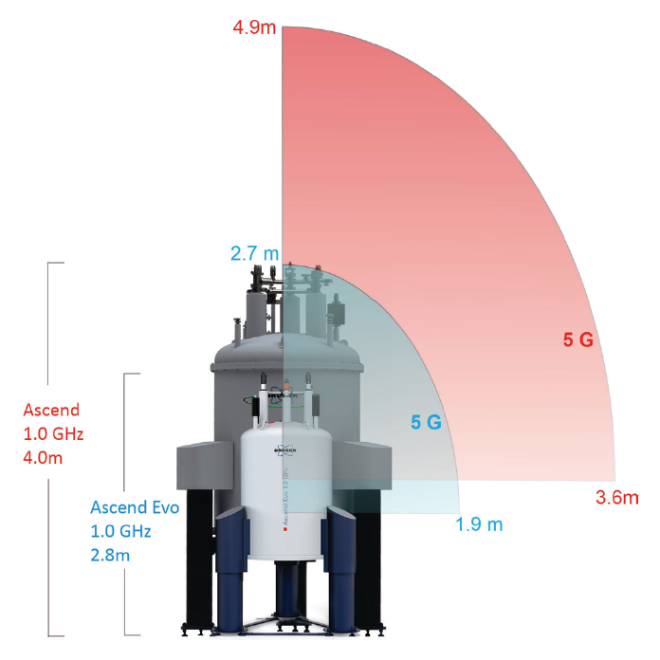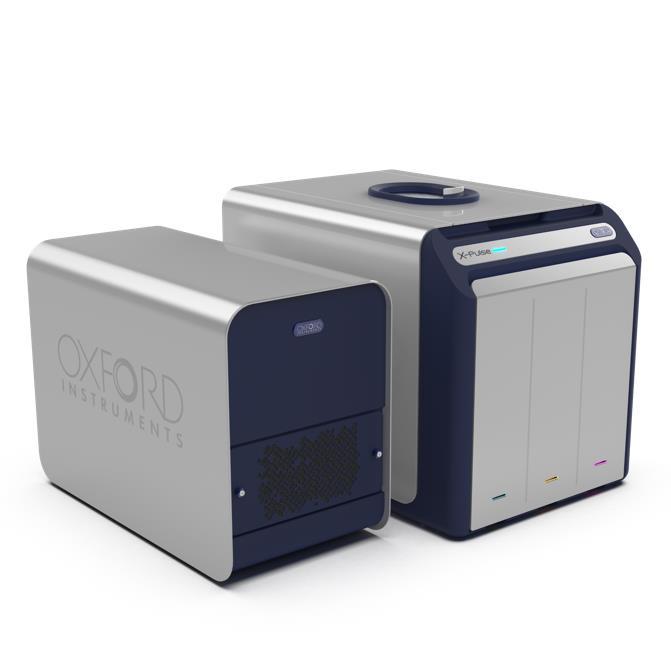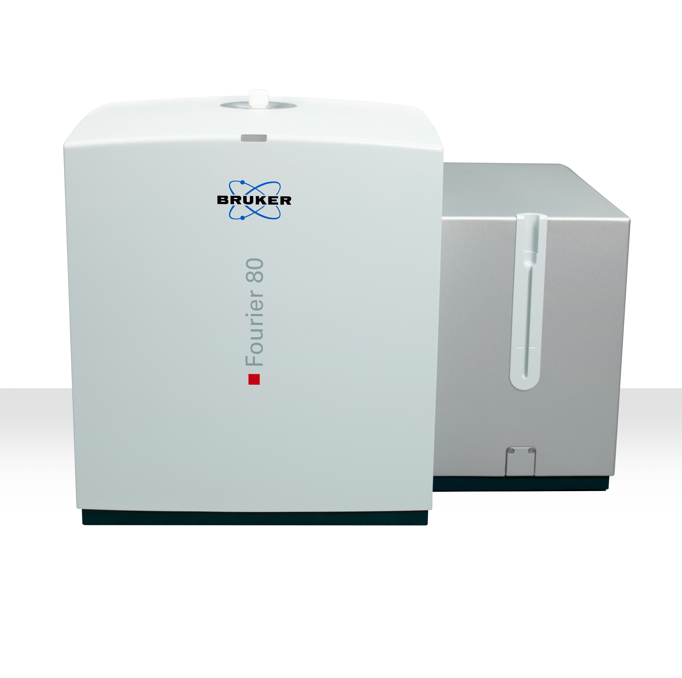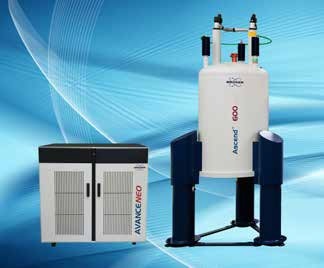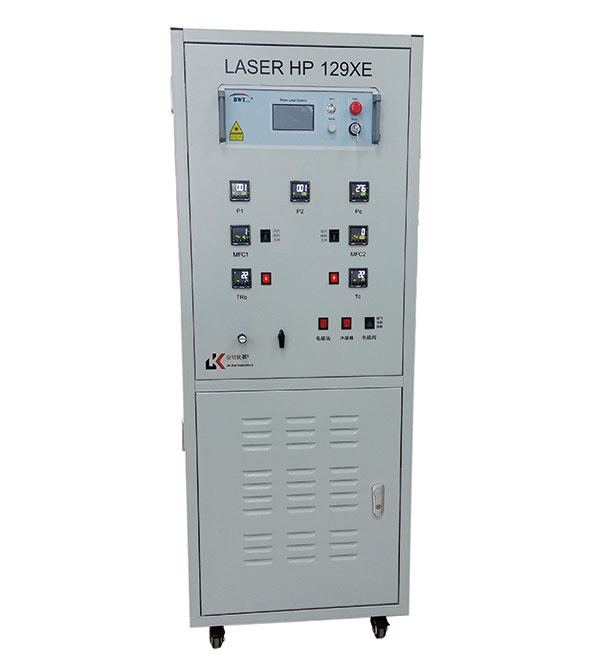
方案详情
文
在食品药品管理中,牙膏被列入保健品范畴,而不是化妆品。也就是说,根据规定牙膏中氟的含量受到严格管制。因此,在生产环节及成品检测过程中,频繁、准确地测定氟的浓度非常重要。
方案详情

Measurement of Fluoride Content in Toothpaste Application Note 5 Summary Fast, accurate, repeatable and non-destructive ●NNo sample preparation ●Simple linear calibration ●Easiest, most reliable technique available; suitablefor unskilled personnel Application Modern toothpastes are designed to do more than just cleanteeth. Hence, they contain many additives, either for healthor for cosmetic reasons, such as components to preventtooth decay, colorants, flavours and preservatives. Fluorinecontaining compounds (fluorides) are important additives ofmodern toothpastes as they protect the enamel by decreasingthe number of bacteria and preventing demineralising ofteeth. However, toothpastes are classified as drugs, notcosmetics, therefore the level of fluorides must be carefullycontrolled and measured accurately at different stages ofproduction and product release. Advantages of NMR Conventional methods currently in use for determining thefluoride content such as titration, ion selective electrodes orion chromatography are time consuming, require a trainedanalyst, and may involve the use of chemicals for changingthe pH of the test solutions. The MQC+ benchtop Nuclear Magnetic Resonance(NMR) analyser offers a simple, non-destructive and rapidmethod for the measurement of fluoride concentrationin toothpastes. NMR detects the soluble fluoride contentin toothpastes, which is the most important parameter indetermining its effectiveness in oral care. The two mainfluorine based additives are sodium fluoride (NaF) and sodiummonofluorophosphate (MFP). Most toothpastes containbetween 0.05 and 0.15 weight-% (500 to 1500 ppm) offluorides, a level that is easily detectable by NMR. Although the oral care products can be either a gel or pastewith a wide variety of additives, NMR does not exhibitsignificant change in performance with different formulas. This method may be used for routine analysis in a productionenvironment without any requirements for additionalchemicals or specialist operator training. Method The analytical technique is based on direct measurement ofthe Nuclear Magnetic Resonance (NMR) signal of fluorine-19which has 100% natural abundance. The acquired NMRsignal is normalised by the sample mass and then the fluoridecontent (ppm) is calculated using an appropriate calibrationcurve. Calibration It is possible to calibrate the MQC+ analyser using only twoaqueous solutions of sodium fluoride. However, if a moreadvanced calibration is required, it is recommended thatthe instrument is calibrated by 3-6 (or more) standards withknown fluoride content spread over the range of interest. Figures 1 and 2 show NMR calibrations for adult (fluoridecontent 1200-1820 ppm) and children's (fluoride content0-1000 ppm) toothpastes. Measurement of Fluoride Content in Toothpaste Measurement A tared sample vial is filled to a given height with a toothpaste sample, weighed, then transferred to a longer length tubeprior to NMR analysis. The recommended measurement time for samples of adult products with sodium fluoride is 5 minutesper sample and for adult products containing MFP is 12 minutes per sample. For children's products, the recommendedmeasurement times are 10 and 24 minutes per sample, respectively. The samples may be conditioned at 40°℃ for betterrepeatability. Results Table 1 compares the reference values of various toothpastes against the fluoride contents measured by NMR. Tables 2 and 3demonstrate the repeatability and reproducibility of the NMR technique. Figure 1: NMR calibration for fluoride in adult toothpastes(R²= 1.000, SD= 7 ppm); aqueous sodium fluoride solutionswere used as calibration standards. Figure 2: NMR calibration for fluoride in children's toothpastes(R²=1.000, SD=2ppm); aqueous sodium fluoride solutionswere used as calibration standards Table 1. Comparison of the reference values of various toothpastes against the fluoride contents measured by NMR Sample ID Given Fref, ppm Predicted NMR F-contentFNMR, ppm Difference (Fref-FNMR), ppm 1 500 505 -5 2 1000 1001 -1 3 1450 1446 +4 Table 2. NMR results for repeat measurements of the same sample of an adult toothpaste ReferenceF-Content, ppm Repeat NMR Measurements: F-Content, ppm Mean F-Content,ppm StandardDeviation, ppm 1447 1465 1445 1441 1452 1438 1448 11 Table 3. NMR results for different portions of the same adult toothpaste Reference F-Content, ppm F-Content in Different Toothpaste Portions by NMR, ppm Mean F-Content,ppm Standard Deviation, ppm 1410 1393 1422 1438 1413 1407 1415 17 Conclusion ● A primary calibration can cover the fluoride concentration range required in the industry, typicallybetween 200 and 2000 ppm NMR is very stable over the long term and rarely needs re-calibration ●NMR techniques require minimal sample preparation without the use of solvents and other media NMR measurement precision is excellent compared to conventional methods Repeatability and reproducibility of the NMR method meet all industrial requirements forroutine 19F analysis DFaster measurement and requiring much less operator time than conventional methods The NMR technique is non-destructive so the same samples may be measured several times beforebeing analysed by other techniques. Complete Package Oxford Instruments offer a package especially tailored to the measurements of fluoride content in oralcare products: Oxford Instruments MQC+F NMR Analyser 0.55 Tesla (22 MHz) high homogeneity magnet Probe for 26 mm diameter sample tubes (10 ml sample volume) lntegrated system controller (no external PC required) Integrated flat-screen display MultiQuant software including Rl Calibration, RI Analysis, and the EasyCal 'Fluoride Content in Toothpaste' application which guides theuser through the calibration and analysis procedures Test/tuning samples C二. Glass tubes with inserts for easy and fast sample preparation User manuals OXFORP Method sheet Optional items: ● A precision balance (3 decimal places) 在食品药品管理中,牙膏被列入保健品范畴,而不是化妆品。也就是说,根据规定牙膏中氟的含量受到严格管制。因此,在生产环节及成品检测过程中,频繁、准确地测定氟的浓度非常重要。
确定

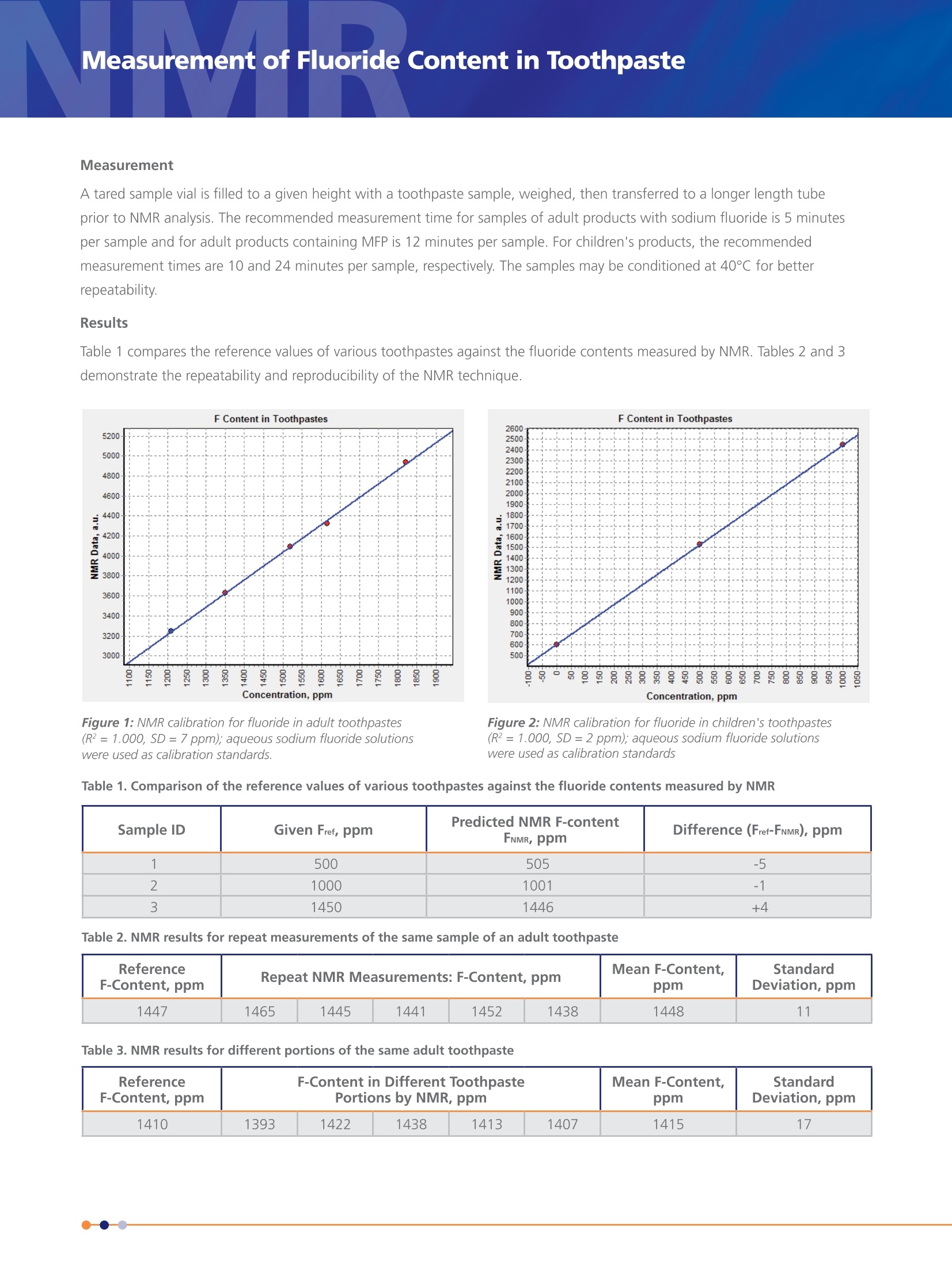
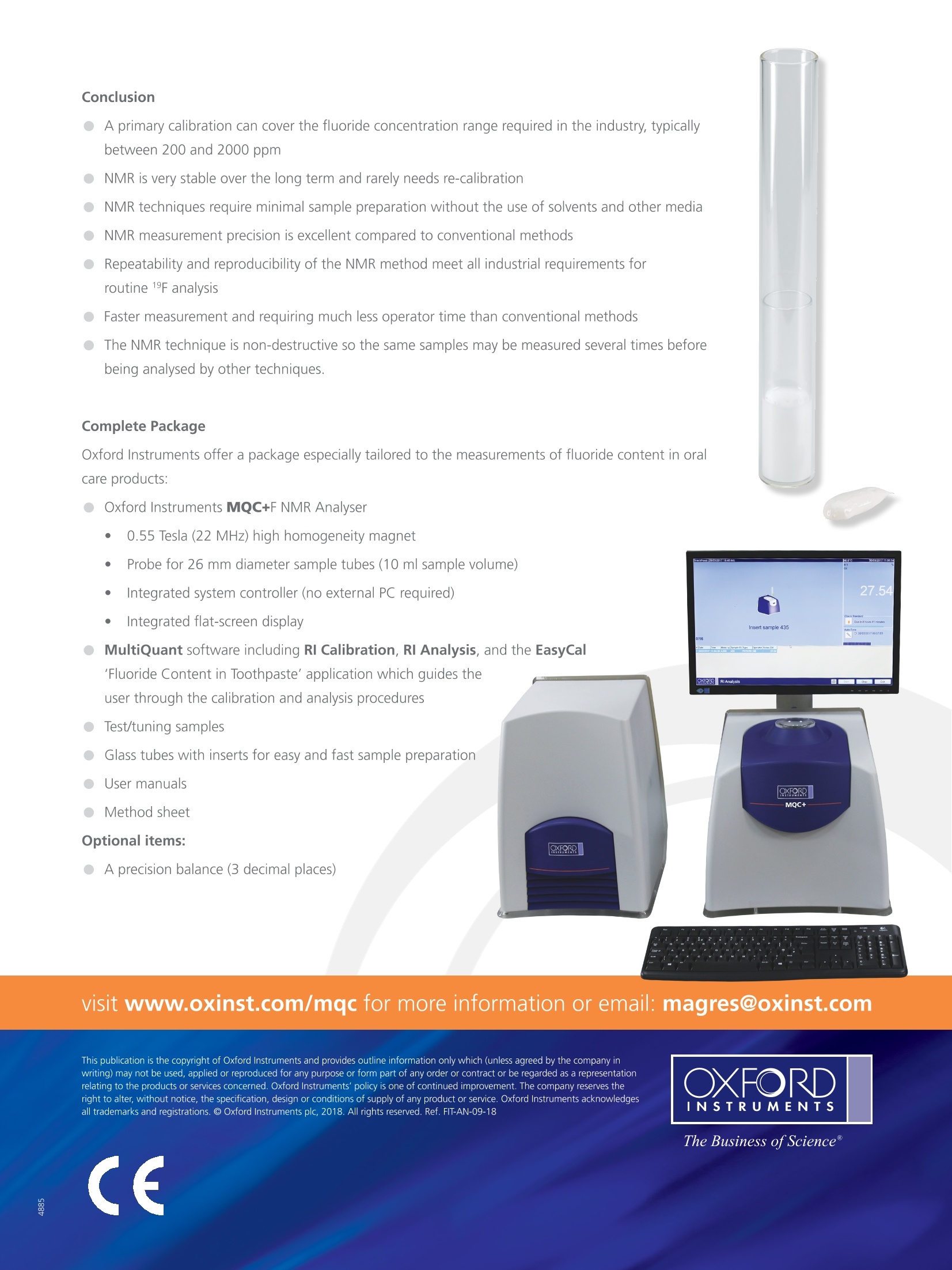
还剩1页未读,是否继续阅读?
牛津仪器科技(上海)有限公司为您提供《牙膏中氟含量检测方案(核磁共振)》,该方案主要用于生活用品中氟含量检测,参考标准--,《牙膏中氟含量检测方案(核磁共振)》用到的仪器有牛津仪器MQC+台式磁共振分析仪
推荐专场
相关方案
更多










